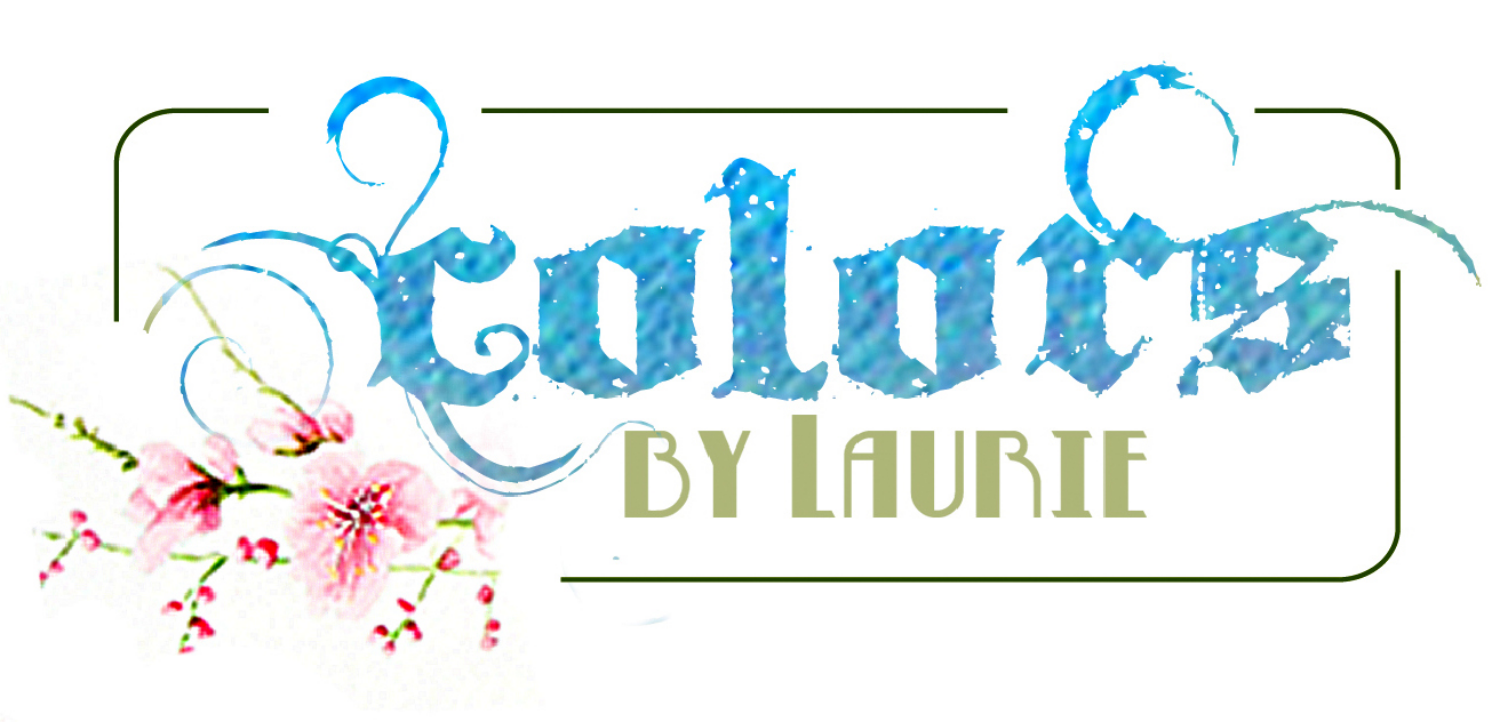Blue and Orange, from my most recent painting, the final one of a series, to be published soon.
Do you ever think of something from 'way back?' It was from years ago, but it made a big impression. Gary's mom used to say, in her English accent, "That takes me right back!" Well, my last painting did just that. It was the colors. Basically, red-orange tones with blue. It was either Mr. Reuss, or Mr. Norley, in High School, or more likely, my mom, who taught me about complementary colors.
To clarify:
Complimentary with an "I" means "expressing a compliment, praising or approving," OR "something that is given free of charge." If you keep reading, you'll get a complimentary lesson in complementary colors!
Complementary with an "E" means "completing", OR "combining two or more things to enhance, or emphasize each other's qualities." Exactly! Complementary colors complete each other, or help to complete a painting, or any beautiful scene, whether artwork, or nature. When used together carefully, they really enhance each other. For instance, notice how great the orangey berries look against the blue sky in the painting at the left?
My mom's color chart which earned her an "A."
There are an infinite number of color combinations in this beautiful
world that are pleasing to the eye, but there are a few that stand out
and are pretty easy to remember. Complementary colors are those that
are directly across from each other on the color wheel. Check out my mom's color
wheel from way, way, way back in the day. (I doubt she even remembers
that I kept this.) Blue & Orange, Green & Red, Violet &
Yellow are the 3 basic sets. If you mix them together in the right
proportions, they will result in a "grayish" tone or will neutralize each
other. Using different amounts of the complementary color will adjust the brightness of the original in varying amounts. This is so helpful when you want to get just the right color to make something look right, or "complete."
Let's get our paintbrushes wet, and try it out! Here's your Complimentary Lesson:
Let's say you are painting an orange with watercolors. I'm talking about the kind of orange you eat.
You'll want to use a pure orange paint. But, if you paint a round orange
circle, on your paper, it will look like a flat orange circle, and not a fruit.
You'll need to make it look 3-D, and have the shape of a ball so you can do this with "shading." Shadows appear to be black, but in reality, even shadows have some color. So adding a little bit of blue to the orange, will give you a more muted orange which can be used for the shading.
I also used
some of the mixed dull orange for the leaf's shadow and the dimple for the
stem. Now the "orange" paint is "muted" and appears as shadows.
I came back in with a bit of the pure orange, but left some of the original, thinner orange to look like light reflecting off the center, near the top, which also helps to makes it look round.
Add a leaf and a bit more shading...and it's good to go. It's more
than a flat orange circle, thanks to BLUE! Who'd-a-thunk?
Next time you're awestruck by a beautiful sunset, just think how beautifully complementary colors work together to look amazing and then thank God for blues and oranges!
Cambria Nov. 2011










